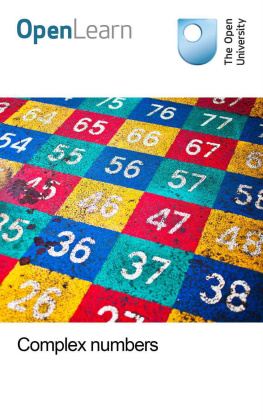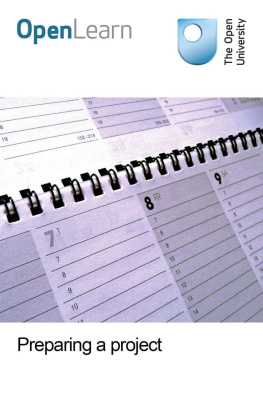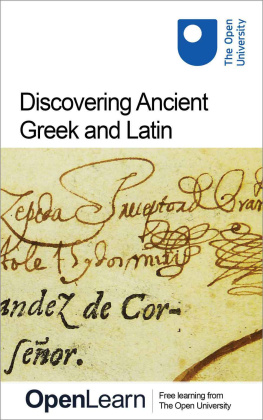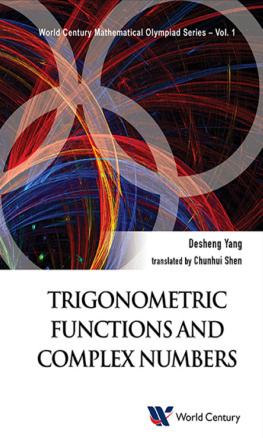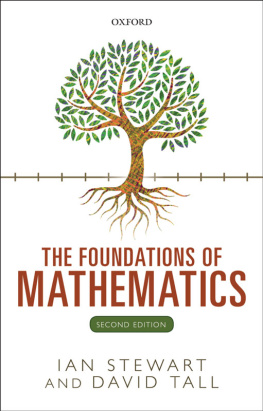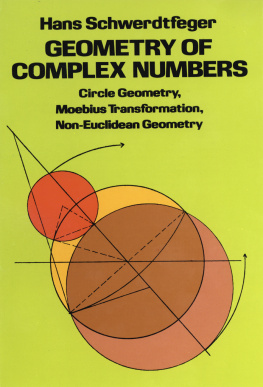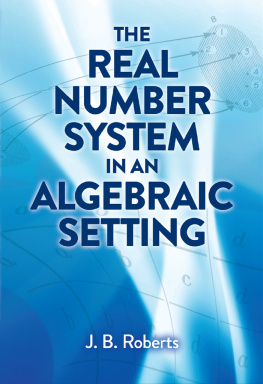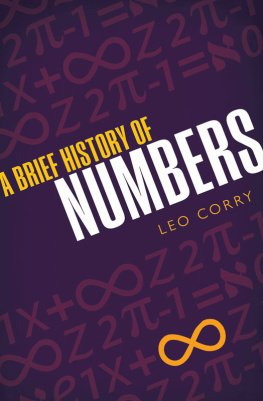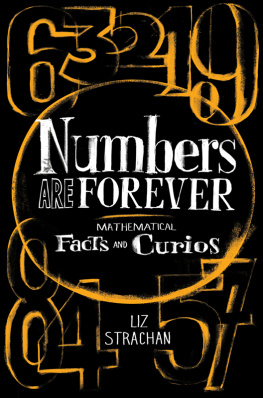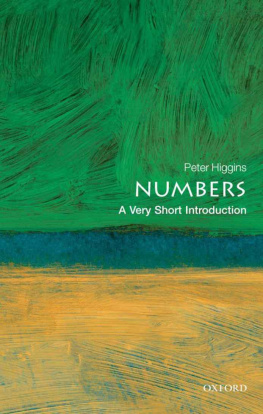University - Complex numbers
Here you can read online University - Complex numbers full text of the book (entire story) in english for free. Download pdf and epub, get meaning, cover and reviews about this ebook. City: Bletchley, year: 1972;2016, publisher: Open University Press, genre: Children. Description of the work, (preface) as well as reviews are available. Best literature library LitArk.com created for fans of good reading and offers a wide selection of genres:
Romance novel
Science fiction
Adventure
Detective
Science
History
Home and family
Prose
Art
Politics
Computer
Non-fiction
Religion
Business
Children
Humor
Choose a favorite category and find really read worthwhile books. Enjoy immersion in the world of imagination, feel the emotions of the characters or learn something new for yourself, make an fascinating discovery.
- Book:Complex numbers
- Author:
- Publisher:Open University Press
- Genre:
- Year:1972;2016
- City:Bletchley
- Rating:3 / 5
- Favourites:Add to favourites
- Your mark:
- 60
- 1
- 2
- 3
- 4
- 5
Complex numbers: summary, description and annotation
We offer to read an annotation, description, summary or preface (depends on what the author of the book "Complex numbers" wrote himself). If you haven't found the necessary information about the book — write in the comments, we will try to find it.
Complex numbers — read online for free the complete book (whole text) full work
Below is the text of the book, divided by pages. System saving the place of the last page read, allows you to conveniently read the book "Complex numbers" online for free, without having to search again every time where you left off. Put a bookmark, and you can go to the page where you finished reading at any time.
Font size:
Interval:
Bookmark:
About this free course
This free course provides a sample of Level 3 study in Mathematics: www.open.ac.uk/courses/find/mathematics
This version of the content may include video, images and interactive content that may not be optimised for your device.
You can experience this free course as it was originally designed on OpenLearn, the home of free learning from The Open University: www.open.edu/openlearn/science-maths-technology/mathematics-and-statistics/mathematics/complex-numbers/content-section-0.
There youll also be able to track your progress via your activity record, which you can use to demonstrate your learning.
The Open University, Walton Hall, Milton Keynes, MK7 6AA
Copyright 2016 The Open University
Intellectual property
Unless otherwise stated, this resource is released under the terms of the Creative Commons Licence v4.0 http://creativecommons.org/licenses/by-nc-sa/4.0/deed.en_GB. Within that The Open University interprets this licence in the following way: www.open.edu/openlearn/about-openlearn/frequently-asked-questions-on-openlearn. Copyright and rights falling outside the terms of the Creative Commons Licence are retained or controlled by The Open University. Please read the full text before using any of the content.
We believe the primary barrier to accessing high-quality educational experiences is cost, which is why we aim to publish as much free content as possible under an open licence. If it proves difficult to release content under our preferred Creative Commons licence (e.g. because we cant afford or gain the clearances or find suitable alternatives), we will still release the materials for free under a personal end-user licence.
This is because the learning experience will always be the same high quality offering and that should always be seen as positive even if at times the licensing is different to Creative Commons.
When using the content you must attribute us (The Open University) (the OU) and any identified author in accordance with the terms of the Creative Commons Licence.
The Acknowledgements section is used to list, amongst other things, third party (Proprietary), licensed content which is not subject to Creative Commons licensing. Proprietary content must be used (retained) intact and in context to the content at all times.
The Acknowledgements section is also used to bring to your attention any other Special Restrictions which may apply to the content. For example there may be times when the Creative Commons Non-Commercial Sharealike licence does not apply to any of the content even if owned by us (The Open University). In these instances, unless stated otherwise, the content may be used for personal and non-commercial use.
We have also identified as Proprietary other material included in the content which is not subject to Creative Commons Licence. These are OU logos, trading names and may extend to certain photographic and video images and sound recordings and any other material as may be brought to your attention.
Unauthorised use of any of the content may constitute a breach of the terms and conditions and/or intellectual property laws.
We reserve the right to alter, amend or bring to an end any terms and conditions provided here without notice.
All rights falling outside the terms of the Creative Commons licence are retained or controlled by The Open University.
Head of Intellectual Property, The Open University
Designed and edited by The Open University
978-1-4730-1545-6 (.kdl)
978-1-4730-0777-2 (.epub)
You may have met complex numbers before, but not had experience in manipulating them. This course gives an accessible introduction to complex numbers, which are very important in science and technology, as well as mathematics. The course includes definitions, concepts and techniques which will be very helpful and interesting to a wide variety of people with a reasonable background in algebra and trigonometry.
This OpenLearn course provides a sample of Level 3 study in Mathematics
After studying this course, you should be able to:
- perform basic algebraic manipulation with complex numbers
- understand the geometric interpretation of complex numbers
- know methods of finding the nth roots of complex numbers and the solutions of simple polynomial equations.
You have almost certainly met complex numbers before, but you may well not have had much experience in manipulating them. In this course we provide you with an opportunity to gain confidence in working with complex numbers by working through a number of suitable problems.
Perhaps the most striking difference between real numbers and complex numbers is the fact that complex numbers have a two-dimensional character, arising from our definition of a complex number as an ordered pair of real numbers. This two-dimensional aspect of complex numbers leads to a most useful representation of them as points in the plane.
We know that the distance between points in a plane can be measured by the usual Euclidean measure of distance, and this leads us to the important modulus function for complex numbers. This function will clearly play an important role in complex analysis if the subject is to develop along lines resembling real analysis. Later we will see how the complex modulus can be used to generalise many of the limiting processes of real analysis.
Many proofs in real analysis use the concept of least upper bound. This concept depends in turn on the relation of inequality which is defined in terms of positive and negative numbers. We shall show in this course that it is not possible to define such a thing as a positive complex number and so least upper bound arguments will not carry over to complex analysis.
In real analysis, the idea of a least upper bound is used to develop the method of proof by repeated bisection, whose validity rests on the Nested Intervals Theorem. Because complex numbers are defined as pairs of real numbers, we are able to generalise this theorem to a Nested Rectangles Theorem, which will play a similar role in complex analysis to that of the Nested Intervals Theorem (or, equivalently, the least upper bound axiom) of real analysis.
There are three reading sections in this course, each of which includes a problems subsection. In various useful subsets of the complex number system are defined and the Nested Rectangles Theorem is proved.
In this section we shall define the complex number system as the set RR (the Cartesian product of the set of reals, R, with itself) with suitable addition and multiplication operations. We shall define the real and imaginary parts of a complex number and compare the properties of the complex number system with those of the real number system, particularly from the point of view of analysis.
In complex analysis we are concerned with functions whose domains and codomains are subsets of the set of complex numbers. As you probably know, this structure is obtained from the set RR by defining suitable operations of addition and multiplication. This reveals immediately one important difference between real analysis and complex analysis: in real analysis we are concerned with sets of real numbers, in complex analysis we are concerned with sets of ordered pairs
Font size:
Interval:
Bookmark:
Similar books «Complex numbers»
Look at similar books to Complex numbers. We have selected literature similar in name and meaning in the hope of providing readers with more options to find new, interesting, not yet read works.
Discussion, reviews of the book Complex numbers and just readers' own opinions. Leave your comments, write what you think about the work, its meaning or the main characters. Specify what exactly you liked and what you didn't like, and why you think so.

